||| FROM MADRONA MURPHY for KWIAHT|||
From the 1860s until the 1920s, the San Juan Islands were the center of apple production in the Pacific Northwest. Hundreds of acres on Orcas were planted with apples, and tons of fresh fruit were shipped “up the Sound” to Seattle, where Pike Place Market opened its stalls in 1907.
Some of the oldest orchards in the island were planted by families with Coast Salish matriarchs, including the 1868 Cayou orchard at Deer Harbor. Apples and pears from Deer Harbor helped build the fortune of Henry Cayou, one of our first County Commissioners.
Island orchardists were eager to import new fruit varieties from the East Coast, and there was a period of enthusiastic experimentation at the start of the 20th Century, as well as the discovery of some accidental hybrids (“seedlings”) that were unique to the islands.
Few ancient orchards have been kept in production, but remnants also remain on private and public lands throughout Orcas: old, gnarly trees, often overgrown with blackberries, with hollowed trunks, these survivors are well-adapted to growing conditions in the islands, and their resilience is an important asset for future food production. Unlike apples grown in Eastern Washington, they do not require irrigation, and offer a much wider palette of flavors, textures, and cooking qualities. Kwiaht’s food-security program is saving scions, grafting new trees, and helping prune, renew and identify ancient trees.
Most of the apple varieties that were productive and popular on Orcas a century ago may be unfamiliar to islanders today. Many small Orcas farms kept their Kings after the collapse of the commercial apple market in the 1920s because Kings are multi-purpose apples, originally from New Jersey, that are perfect for home use. Many specialized varieties, such as hard-cider apples and pears, were cut down or neglected. Not all are lost, however—just forgotten in overgrown fields and hedgerows!
Consider Esopus Spitzenbergs, Blue Pearmains, and Rhode Island Greenings, three of the most tasty and distinctive apple varieties that were grafted into island orchards long before the First World War and still thrive here, often unrecognized! If you are interested in tasting some of the islands’ hidden apple treasures like these, email info@kwiaht.org for an invitation to a pop-up apple event in Eastsound!
And Kwiaht is raising funds for identifying heritage apples on Orcas through the 2023 Holiday GiveOrcas campaign; check out the GiveOrcas catalog.

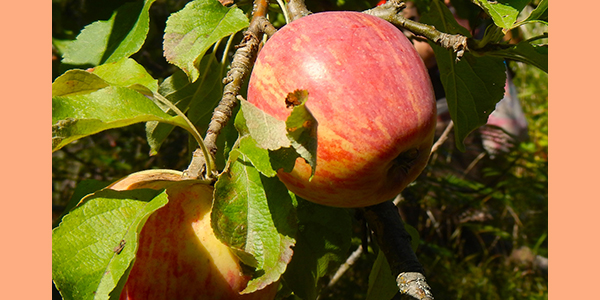

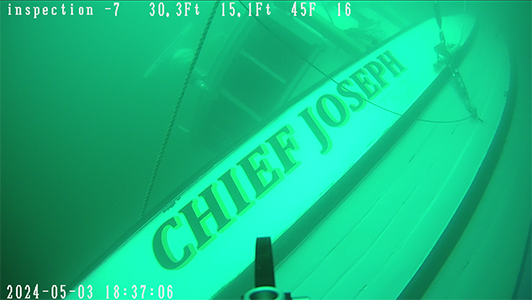
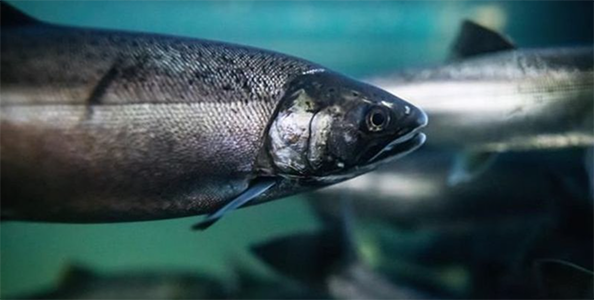
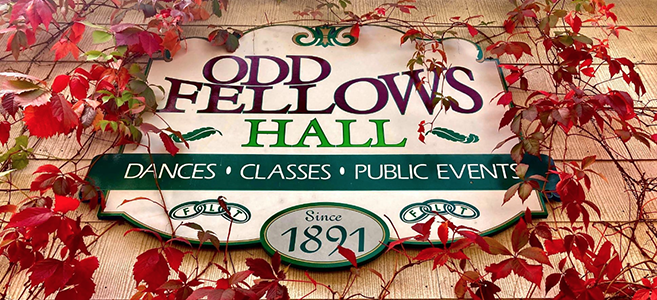
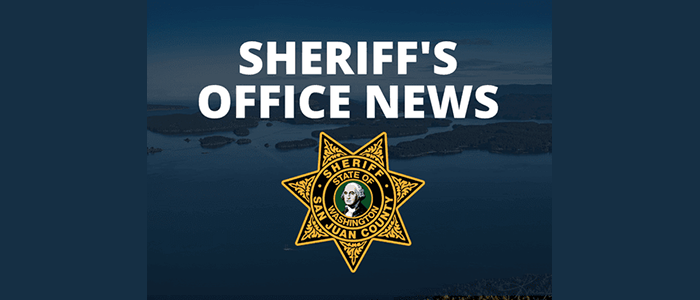


Thank you for shining light on this treasure of Orcas, our orchards!
There will be a pop-up heritage and locally adapted apple tasting on Saturday December 2nd at the Orcas Island Historical Museums’ Open House. We’ll have a table of local varieties to taste at the Museum from 11-2:30 pm.
More info on the Open House can be found https://www.orcasmuseums.org
Madrona – There doesn’t seem to be any info at the museum site…